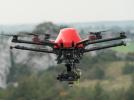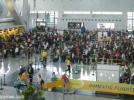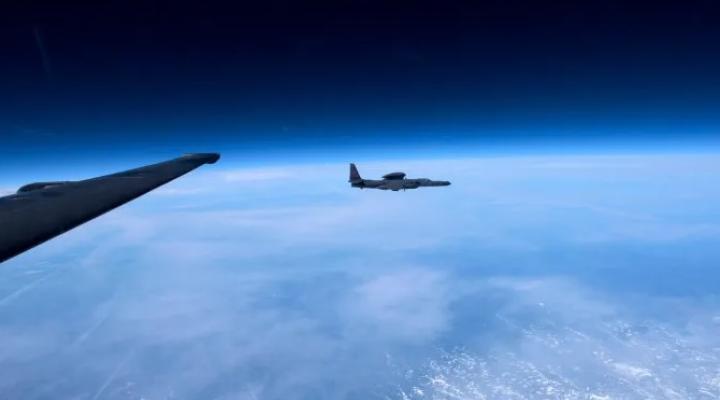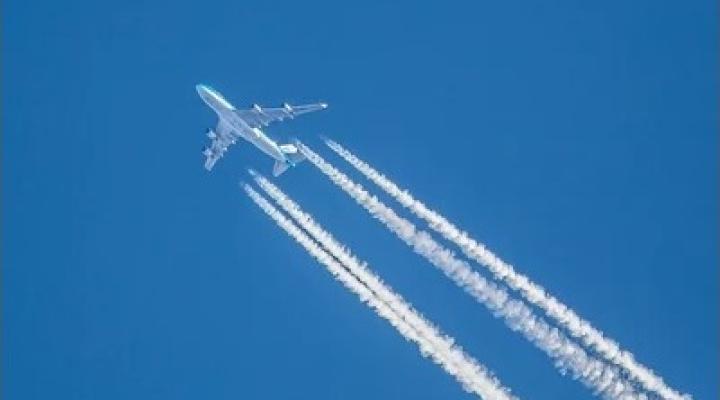Jetstar A320 at Auckland on Sep 7th 2013, alpha floor activation
A Jetstar Airbus A320-200, registration VH-VFJ performing flight JQ-248 from Christchurch to Auckland (New Zealand), was on DAVEE3C standard arrival route to Auckland with the intention to join the RNP Y approach to runway 23L, the first officer was pilot flying with autopilot and autothrust engaged. ATC had instructed the crew to maintain their speed of 280 KIAS down to 5000 feet. Descending through 6800 feet the crew armed the approach mode after having received clearance for the approach. Descending through 5000 feet the crew slowed the aircraft to 250 KIAS, descending through 4200 feet the autoflight systems switched to tracking the final approach laterally and vertically, the crew therefore selected 3000 feet, the go around target, into the altitude window, approaching 3000 feet the crew, in order to comply with a requirement by their company, needed to further slow the aircraft to 210 knots and pushed the button to level off, which levelled the aircraft but also activated the pre-selected target in the altitude window and the aircraft no longer followed the vertical profile. After the aircraft had sufficiently slowed, the crew selected managed descent mode but the aircraft quickly captured 3000 feet and levelled off again against intention of the crew. The first officer thus wound the altitude window to 5000 feet, but then inadvertently pulled the altitude selector knob commanding the autopilot into an open climb to 5000 feet. While the engines accelerated, the first officer disconnected the autopilot and maintained a shallow descent causing the aircraft to accelerate. When the speed neared 230 KIAS, the speed limit for their configuration, the captain took over, retarded the thrust levers to idle thus disengaging auto-thrust and deployed speed brakes, the aircraft peaked at 230.7 KIAS with no overspeed warning activating (as the speed remained below the threshold). About 50 seconds later the aircraft slowed through 180 KIAS, the crew deployed flaps, retracted the speed brakes and re-engaged autopilot but continued to assume auto-thrust was still active. The captain handed controls back to the first officer, neither pilot was aware that the thrust levers were still in the idle position. The captain's attention was soon drawn to flight path monitoring and ATC communication. The crew was aware that the speed was decaying as they were configuring the aircraft but expected autothrust would accelerate the engines nearing the target speed. While the last stage of flap was deployed the aircraft slowed through 136 and 133 KIAS, the lowest selectable speed, descending through 1200 feet and slowing through 120 KIAS the flight augmentation computers issued an aural alert "speed, speed, speed", the captain again took control of the aircraft, pushed the thrust levers forward to the climb detent. While the engines accelerated the aircraft still slowed, at 117 KIAS the alpha protection mode activated and at 116 KIAS the alpha protection mode activated re-engaging autothrust and commanding the engines to TOGA thrust. The captain disengaged the autothrust system about 5 seconds later by pushing the autothrust disconnect button and continued to use manual thrust for the remainder of the flight, at the time of disconnection the aircraft accelerated through 129 KIAS descending through 1600 feet. The captain continued for a safe landing.
Australia's ATSB released their bulletin releasing following safety message:
To operators of highly automated aircraft, this incident highlights the importance of robust approach management procedures, and clear guidance dealing with associated management of aircraft auto-flight systems. Effective and comprehensive operational procedures that are clearly documented, well understood, regularly practised and consistently applied are fundamental to safe aircraft operations. The incident also highlights the need for clear procedural guidance regarding communication protocols following a transfer of aircraft control between pilots, particularly following intervention by the pilot not flying.
The ATSB summarized the operator's investigation findings:
"The operator found that there may be some commonly-held misunderstandings (by flight crew in general) regarding some aspects of instrument approach management procedures, particularly their application to RNP approaches. The operator’s report included reference to procedures dealing with setting the missed approach/go-around altitude in the FCU altitude window, and the procedures related to capturing an approach path from above.
The operator also made findings with respect to crew communication, aircraft energy state monitoring, wider automation management and mode awareness issues, and the procedures governing the reinstatement of aircraft control following intervention by the pilot not flying."
A number of safety actions were taken by the operator.
Flight data (Graphics: ATSB):
http://avherald.com/h?article=47bdac3f














Komentarze